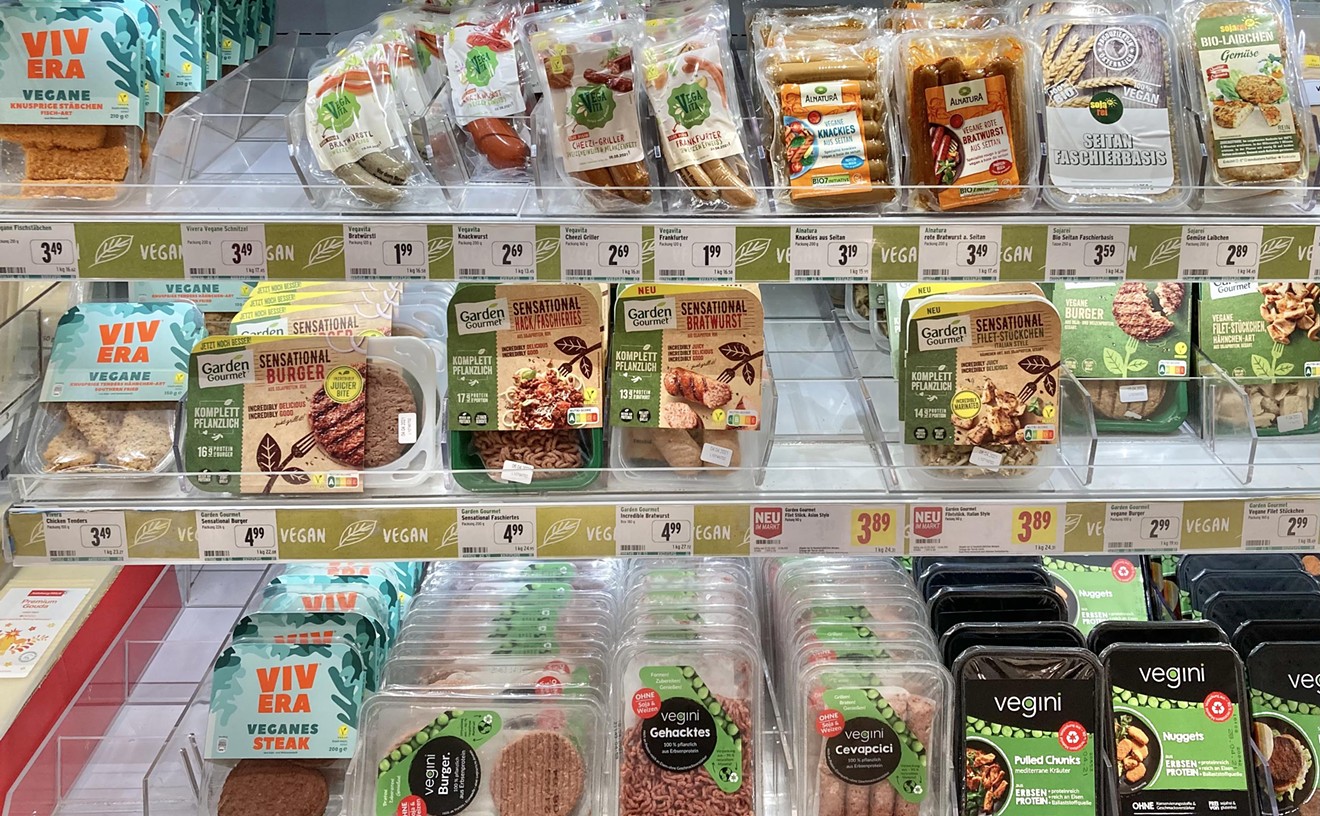"I'm a fat lady," she warned me when I called to set up an interview.
She's not.
She's robust, however, with a gap between her front teeth like Geoffrey Chaucer's legendary Easter pilgrim heading for Canterbury in 1385, the life-affirming Wife of Bath.
"One of the joys of life is eating," Bradbury told me when I caught up with her. She says she took up potting to make tableware for herself and her grandchildren.
"I visualize food when I'm throwing pottery," she says. "I'll be making a piece and see bacon and eggs on it -- smell and taste them."
It's not surprising, then, that this talented potter also loves to cook. And garden. "Potters, cooks, gardeners -- we're all earthbound people," she explains.
"Kneading bread is a lot like preparing clay. The dough feels so good in your hands," she continues, holding up strong hands as though invoking a blessing. "So does garden soil."
She brings out her own ample mixing bowl, called by her signature name, an IDA, which she describes as having "plenty of room for bread to rise."
It's an ethereal sea-foam green, surely the fresh color Italian painter Botticelli invented in 1482 for the waves carrying his goddess of spring to shore in The Birth of Venus.
It's hard-glazed and shiny, with tiny flowers worthy of Venus herself etched just beneath the surface; Bradbury's favorite for making bread, cookies, biscotti and "anything that doesn't require a recipe," she says, laughing.
Her hearty laugh calls up my own memories of farm-kitchen aromas, baking bread and warm chocolate-chip cookies.
She seems to tune into these thoughts. "One smell leads to another," she says. "When food begins to cook, the aromas will always tell you what to add, what herbs will perk up the taste."
Bradbury grows a variety of herbs in her garden -- the usual parsley, sage, rosemary and thyme -- plus basil, chervil, cilantro and chamomile. She grows vegetables as well -- asparagus, tomatoes, radishes and chards -- and delectable nasturtium plants.
I find myself thinking that Venus, a Roman clone of Aphrodite, the goddess of love, was also the goddess of gardens, said to preside over planting, harvesting and pretty much all the cycles of creation.
Bradbury reminds me of my own IDA pots, which I'd been collecting for years. They began as perfectly beautiful display objects, stashed behind glass in my cupboards, an embarrassingly large and growing array purchased for a pittance at orphan pot sales at Phoenix College, where Bradbury still takes classes and works.
Then they began to cast their spell on me, and I moved a few out to the counter top, using them as storage vessels, the function of pots for thousands of years. I stuffed them with such staples as rice, spaghetti and popcorn from my sister's farm.
They appeared at first to be just unusually beautiful, but mismatched, ceramic canisters. Tall or squat, butter brown, slate blue, burnt orange -- they all seemed of a piece with food stored in them, like garden flowers whose colors and shapes never clash.
Next I rescued the soup bowls and plates from behind the glass and moved them to the dinner table, in all their deliciously mismatched colors and shapes. Consigning my merely pretty matched dinnerware to the garage, I began to feel like a kid on the first day of school with a fresh double-decker box of Crayolas.
I chose an azure blue serving bowl for sweet basil, shards of onions, and warm tomatoes ripened on the windowsill; and a mottled gray, brown and purple platter for spaghetti, deep enough for me to ladle sauce on top.
Deep orange yam chunks roasted in olive oil and rosemary were dazzling heaped on ochre and amber plates next to sizzling joints of roast chicken.
My own favorite mixing bowl has a wide mouth and sloping sides. Just right for concocting salads, it's roomy enough to see what's being tossed, what needs to be added. On the inside, shades of violet echo the last minutes of dusk glowing off Camelback Mountain.
Inspired, I visited the farmer's market.
Straight to the crates of greens, the feral arugula; the bland, crinkle-leafed red-and-white chards; one deep-green leafy variety I didn't even recognize with dime-sized leaves, delicately curled at the edges, the better to cup drops of salad dressing. Then on to the bins of plump snow peas, onions, garlic and carrots.
Home again, I conjured up new salad combinations in my magic bowl. I found that traditional romaine takes on extra sweetness, bite and beauty with the addition of red mustard leaves, blueberries and oranges. And that crunchy carrots cut into matchsticks blend sumptuously with the smooth texture and flavors of mango chunks drizzled with olive oil and a drop or two of balsamic vinegar.
I found that Trader Joe's stocks frozen blueberries all year long, as well as red raspberries and luscious soybeans.
I've asked myself what's going on here. Is it the kind of inspiration that comes with cooking and eating from beautiful objects? Or is it a case of Juno slyly meddling with a my creations?
I can't be sure. But as the fall harvest festivals kick off, I'm keeping an eye on those pots.










